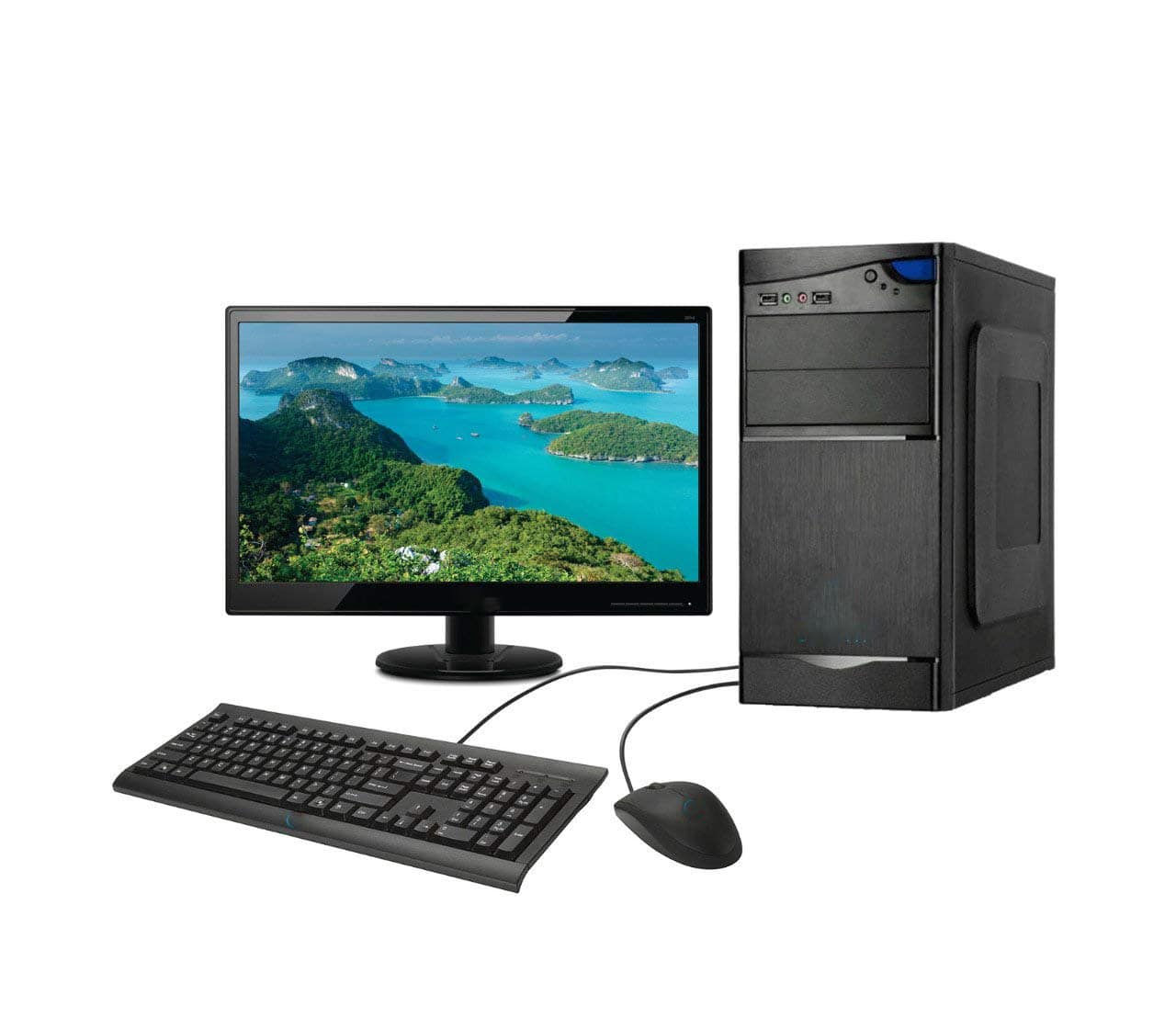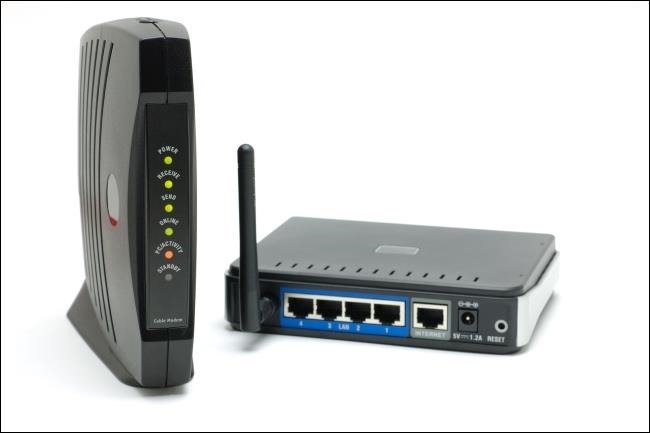The internet is a global computer network providing a variety of information and communication facilities, consisting of interconnected networks using standardized communication protocols. That is the basic Oxford definition of the internet. In this article we are going to discuss what the internet is. It is a very huge subject comprising of so many areas but we will endeavour to do that herein. The thrust is to enable you to know what the internet really is.
Table of Contents
Interesting Facts About The Internet
The size of the internet is the equivalent of 5 Exabytes (1 billion gigabytes) of data moving through it every day. Let us put this into perspective for you. There are roughly 300 cables under the sea that form the basic architecture of the internet. Additionally there are countless kilometres of marine cables spread out all over the world. This year alone, in the US, at least 70 billion kilowatt hours of electricity will be needed to power just data centres. These facts are just to show you how big the internet is.
Brief History Of The Internet
The internet came as a result of efforts by researchers to exchange information. This was some time over 60 years ago. At the time computers were still in their infancy thus they were very big physically. This immobilized and sparked interest in coming up with ways of establishing communication between computers. The first breakthrough was APRANET. APRANET stood for Advanced Research Projects Agency Network. This was borne out of the Cold War era.
Several years later technological advancements evolved into TCP/IP. TCP/IP stands for Transfer Control Protocol/Internet Protocol. This new technology facilitated communication between different types of computers over different types of networks. APRANET then switched to TCP/IP and this was on the 1st of January in 1983. Thus, that date became known as the birthday of what we now know as the internet.
How The Internet Works
We have highlighted that there are cables spread out all over the world. Let us look at some practical examples so that you understand how the internet works. Let us suppose you want to access your Facebook account. There are many ways in which you can do but I will assume one particular way for illustration purposes. You can enter the URL for Facebook in your browsers (https://www.facebook.com/). Once you press enter, a request is relayed to the server(s) that house the Facebook platform. That request is sent through those cables we mentioned earlier. As soon as the respective server(s) get the request they then return or avail the Facebook website to your computer. Whenever you log onto to the internet and look for anything or load anything that is the basic framework of how it all happens.
Bear in mind that each and every device connected to the internet has a unique address called an IP address. When data is being transferred from one device to another, a process called packet switching is used. It is important to know this because it feeds into what we discussed in the previous paragraph. When data is transferred across the internet it is sent in units called packets. When a packet is sent out it has two key items namely, the IP address and the port number. It first of all reaches your respective internet service provider where it is then re-routed to its intended destination. This all sounds technical but it just to give you an appreciation of how the internet works.
Key Components Of The Internet
The internet is comprised of 2 core components one of which is intangible and the other is tangible. These are protocols and hardware. Protocols are essentially rules that govern how devices and programs interact to drive the various activities on the internet. Earlier we spoke of TCP/IP which is basically all about protocols.
Then we have the hardware component which entails quite a number of things. We are looking at things like mobile devices, computers, and so on – gadgets or devices that can connect to the internet. There are also things like cell towers, satellites, cables, servers and so on – components that establish internet connectivity.
A Look At The World Wide Web (www)
Roughly half of the world’s population accesses the internet. We cannot talk about the internet without mentioning the World Wide Web. This is something you are most probably familiar with but might not really know what it is all about. Basically, the World Wide Web is the means by which users can see and also share things on the internet. Everything that you access on the internet is found on what are called web pages. Just to put more perspective here, there are roughly 2 billion websites (of which a websites is comprised of web pages) on the internet. There is an interesting aspect we cannot leave out here which is the Dark Web.
It is said that approximately over 90 percent of the World Wide Web is invisible. What this means is that less than one tenth of the web is what you can easily access. In order for a website or webpage to be visible it needs to be indexed by search engines e.g. Google. Thus if a webpage is not indexed it will not be visible since search engines will not pick it up. To access the Dark Web is possible through using browsers such as Tor. However, the Dark Web is riddled with lots of illegal activities and that is why it is usually best to stay off it.
In closing, it is vital that you know that there is a difference between the internet and the World Wide Web. Look at our definition at the very beginning – the internet is the akin to a collection of networked computers plus other components. On the other hand, the World Wide Web is akin to a collection of information that is only accessible through the internet. It is important to not use these two terms interchangeably.





